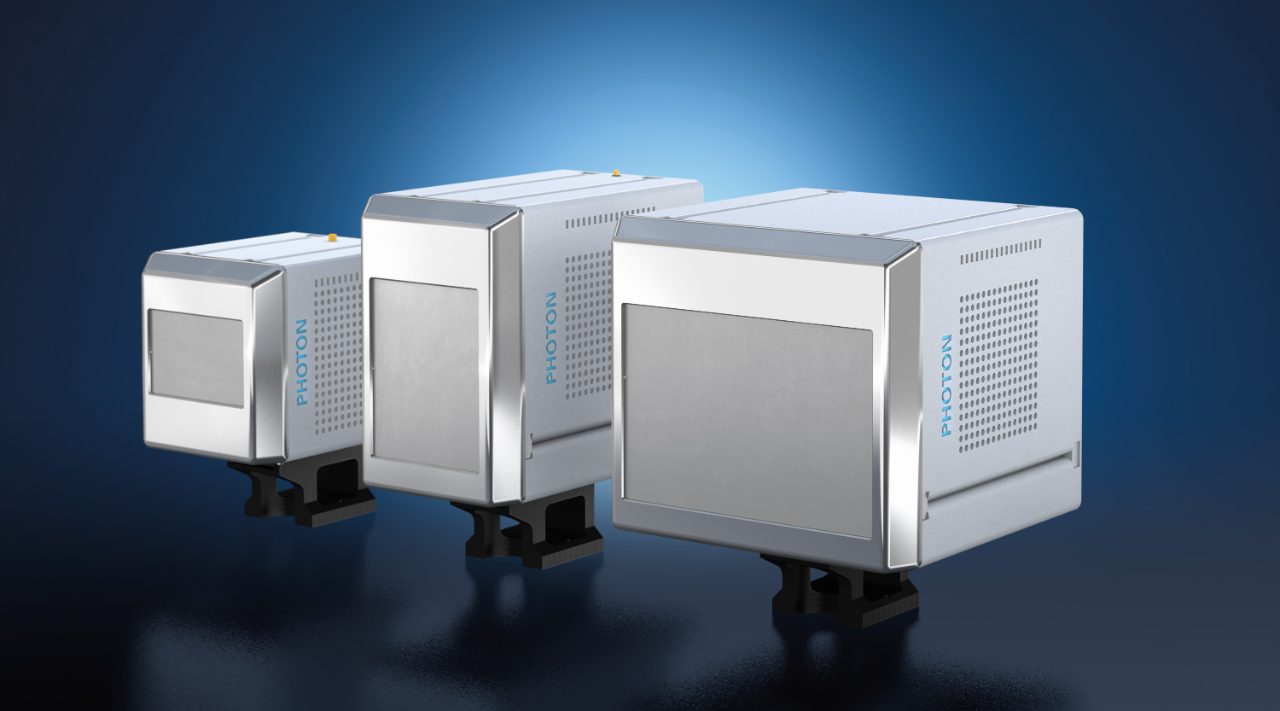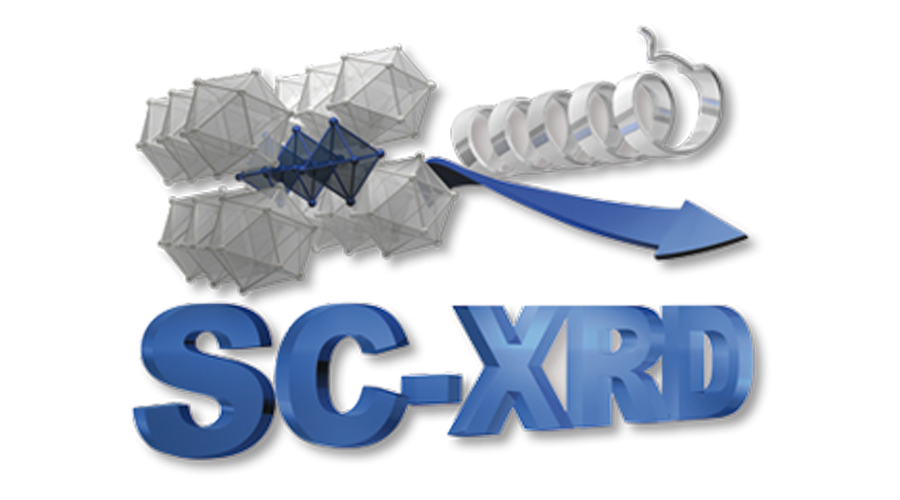Low Temperature Devices
The advantages of collecting single crystal X-ray diffraction data at low temperatures have long been recognized by the scientific community. With the availability of efficient and reliable devices and publications reporting the use of low temperature have massively increased over the recent years. The technique offers a number of advantages:
Typically, a temperature range from 300 K to 80 K is sufficient and covers a wide range of low temperature experiments.
- Cryostream 1000 and 1000 Plus (Oxford Cryosystems)
- Cobra (Oxford Cryosystems)
Temperatures of less than 80 K can be achieved using Helium-based low temperature systems, such as the
- n-Helix
Cryostream 1000 and 1000 Plus
The Cryostream is offered in two versions: The Cryostream 1000 for cooling of the sample (80 – 400 K) and the Cryostream 1000 Plus for those needing high temperatures (80 – 500 K) in addition. It is fully integrated with the D8 QUEST and the D8 VENTURE.
Our newly developed support mounts from the ceiling of the enclosure to avoid any restriction of the 2-theta range. The transfer line and cables are directed through the labyrinth of the radiation safety enclosure to maintain 100% X-ray safety.
- Fast cool-down to 100 K
- Low LN2 consumption
- LN2 can be refilled without affecting crystal temperature
Cobra
The Cobra is a non-liquid nitrogen low temperature device, offered in two versions: The Cobra reaches temperatures at the sample between 80 K and 400 K and the Cobra Plus offers a wider range for those needing high temperatures (80 – 500 K). Both versions are fully integrated with the D8 QUEST and the D8 VENTURE.
Our newly developed support mounts from the ceiling of the enclosure to avoid any restriction of the 2-theta range. The transfer line and cables are directed through the labyrinth of the radiation safety enclosure to maintain 100% X-ray safety.
- Fast cool-down time (40 minutes to 100 K)
- Stability of 0.1 K
Service & Support
- Helpdesk for technical issues with hardware, software, and applications support using web based and advanced remote service tools.
- LabScape Maintenance Service Agreements
- On-site, on-demand support
- Installation and operational qualification as well as performance verification
- Site planning, relocation, and consultation
- Replacement and spare parts, consumables, and in-person and online training
- Software updates, manuals, and LabScape MSA management (↗brukersupport.com)


